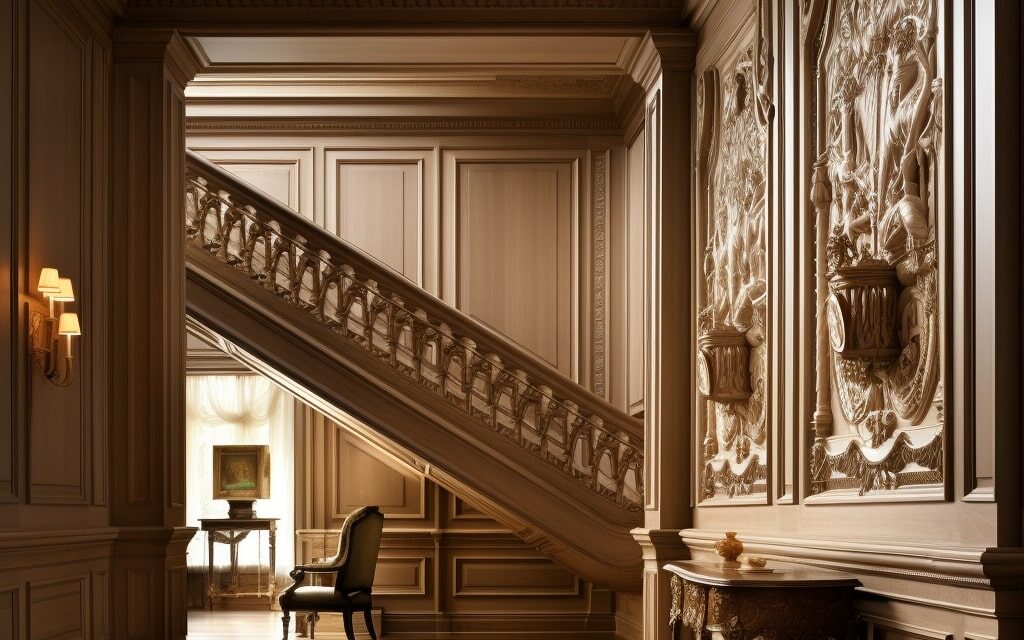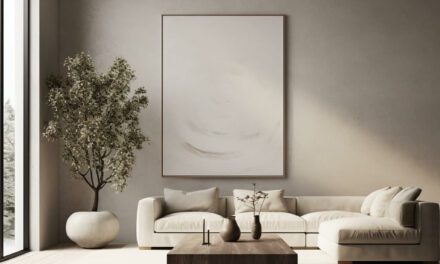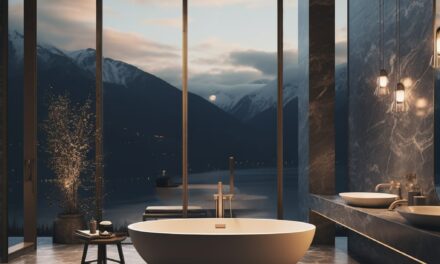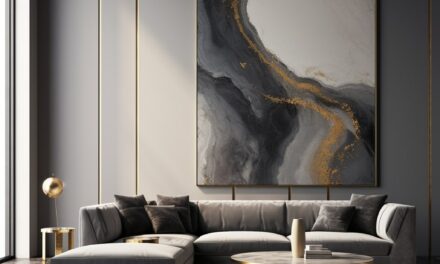When it comes to interior design, proportion is a critical element that can make or break the overall aesthetic and functionality of a space. But what exactly is proportion in interior design? Put simply, proportion refers to the relationship between different elements within a room.
This can include the size and scale of furniture, fixtures, and other decorative elements, as well as the overall layout and arrangement of these elements.
Understanding the concept of proportion is essential for creating visually appealing and functional living spaces. In this guide, we will dive deeper into the importance of proportion, explore key principles of proportion in interior design, and provide tips and techniques for achieving balanced and harmonious proportions in a variety of design styles and spaces.
What Is Proportion in Interior Design?
Proportion, as it relates to interior design, is the way in which different elements in a room relate to each other and to the space as a whole.
It is the foundation for creating a successful design that is visually cohesive and functional. Proper proportion ensures that each element in a space works together to create a harmonious whole, giving the room a sense of balance and visual appeal.
Without proportion, a room can feel cluttered, chaotic, or uncomfortable. Even elements that are individually beautiful can look out of place or overwhelming if they are not properly proportioned to the overall design scheme. A room that lacks proper proportion can also feel disjointed, with different elements competing for attention and creating a sense of visual confusion.
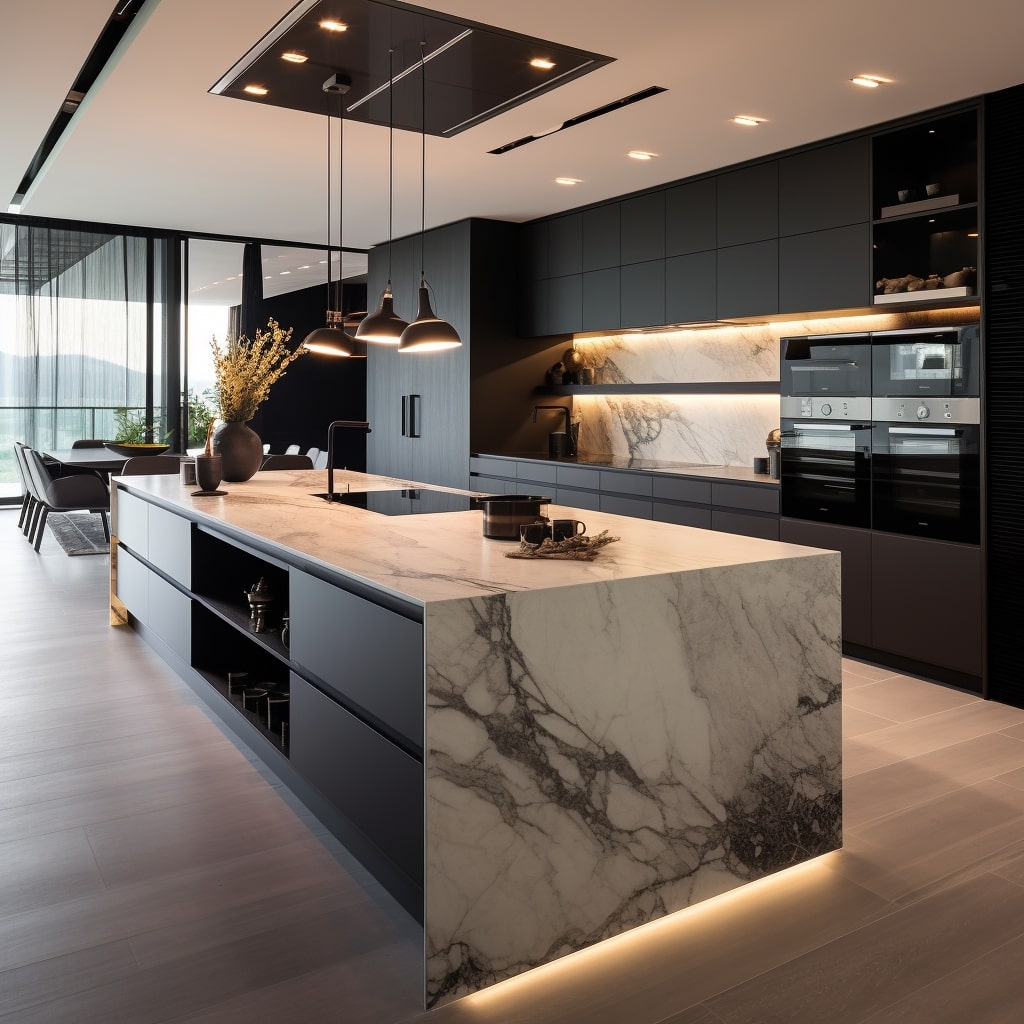
Why is Proportion Important in Interior Design?
Proportion plays a crucial role in achieving a successful interior design for several reasons:
- Proportion creates visual harmony: When elements in a room are properly proportioned, they work together to create a sense of harmony and balance. The eye is naturally drawn to symmetrical and well-proportioned designs, which can enhance the overall aesthetic and create a sense of calm.
- Proportion impacts the perceived size of a space: The way in which elements are proportioned can affect the perceived size of a room. For example, using oversized furniture in a small room can make the space feel cramped and uncomfortable, while using too many small elements can make the space feel cluttered and chaotic.
- Proportion affects the functionality of a space: The right proportions can make a room more functional and comfortable. For example, ensuring that seating is at the right height in relation to tables or counters can make a space more comfortable and practical to use.
Overall, achieving proper proportion in interior design is crucial to creating a space that is both visually appealing and functional.
Key Principles of Proportion in Interior Design
Proportion is the relationship between the size, shape, and placement of various elements in a room. When used effectively, it can create balance, harmony, and visual interest in interior design. Here are some key principles of proportion to keep in mind:
| Principle | Description |
|---|---|
| Golden Ratio | A ratio of approximately 1.618 that is considered visually pleasing. It is often used in architecture and design. |
| Rule of Thirds | A guideline that suggests dividing a space into thirds both horizontally and vertically, and placing elements along those lines. |
| Fibonacci Sequence | A mathematical pattern that appears in nature and has been applied to design. It involves adding the two previous numbers in a sequence to get the next number (e.g. 0, 1, 1, 2, 3, 5, 8, 13, etc.) |
Other principles of proportion include using similar shapes, repeating patterns, and varying scales to create interest and balance. Keep in mind that these principles are just guidelines and can be modified to suit individual design needs.
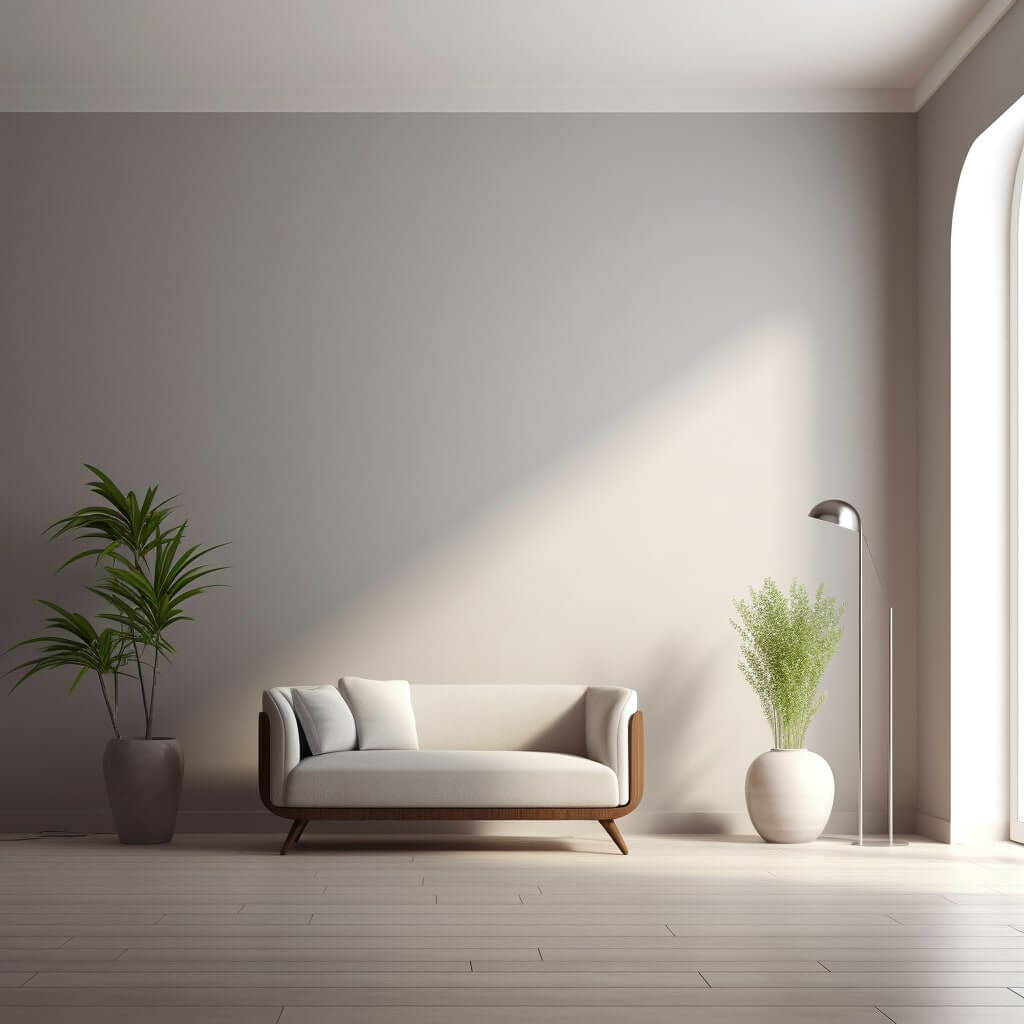

Achieving Balance Through Proportion and Harmony
Proportion is a key element in achieving balance and harmony in interior design. By properly distributing visual weight, designers can create a sense of equilibrium within a space. There are two main approaches to achieve balance through proportion: symmetrical and asymmetrical arrangements.
Symmetrical Arrangements
Symmetrical arrangements involve the placement of identical or similar elements on either side of a central axis. This creates a sense of stability, formality, and order. Examples of symmetrical arrangements include matching furniture pieces or identical artwork hung on either side of a fireplace.
| Advantages | Disadvantages |
|---|---|
| – Provides a sense of balance and order | – Can be too static or predictable |
| – Easy to achieve and maintain | – Can lack visual interest and variety |
| – Creates a sense of formality and elegance | – May not be suitable for all design styles |
Asymmetrical Arrangements
Asymmetrical arrangements, on the other hand, involve the placement of dissimilar elements in a way that still achieves balance. This creates a sense of informality, movement, and energy. Examples of asymmetrical arrangements include grouping objects of different sizes and shapes on a shelf or using mismatched furniture pieces.
| Advantages | Disadvantages |
|---|---|
| – Allows for more creativity and variety | – Can be more challenging to achieve and maintain |
| – Creates a sense of movement and energy | – Requires a good eye for balance and composition |
| – Can be more suitable for casual or eclectic design styles | – May require more experimentation and adjustment |
Related: Explore opposition in interior design.
Ultimately, the choice between symmetrical and asymmetrical arrangements depends on the design style, personal preferences, and the specific layout of the room. Experimenting with different proportions and arrangements can help achieve balance and harmony in any space.
Using Proportion to Enhance Functionality
Proportion not only impacts the aesthetics of a room, but it also plays a critical role in its functionality. The size and scale of furniture, fixtures, and other elements impact the usability of a space, and arranging them based on proportion can optimize functionality. Here are some tips:
- Consider the size of the room: In a small room, selecting furniture that is proportionate to the space can make it feel less cramped. Choose compact pieces that are appropriately sized for the room’s dimensions. In a large room, larger pieces can help fill the space while maintaining proportion.
- Scale furniture to fit: When selecting furniture, consider its size in comparison to the other elements in the room. For example, a tiny coffee table in a room with large couches and chairs will look out of place.
- Use proportion to create zones: Use proportionate furniture and elements to create designated areas in a room. For example, a large rug can define a seating area, while a compact table and chairs can indicate a workspace.
- Optimize traffic flow: Use proportion to ensure that there is enough space for people to move comfortably through the room. Avoid arranging furniture in such a way that it obstructs walkways or creates a cramped environment.
By considering proportion in the design process, you can create a space that not only looks great but also functions well for its intended purpose.
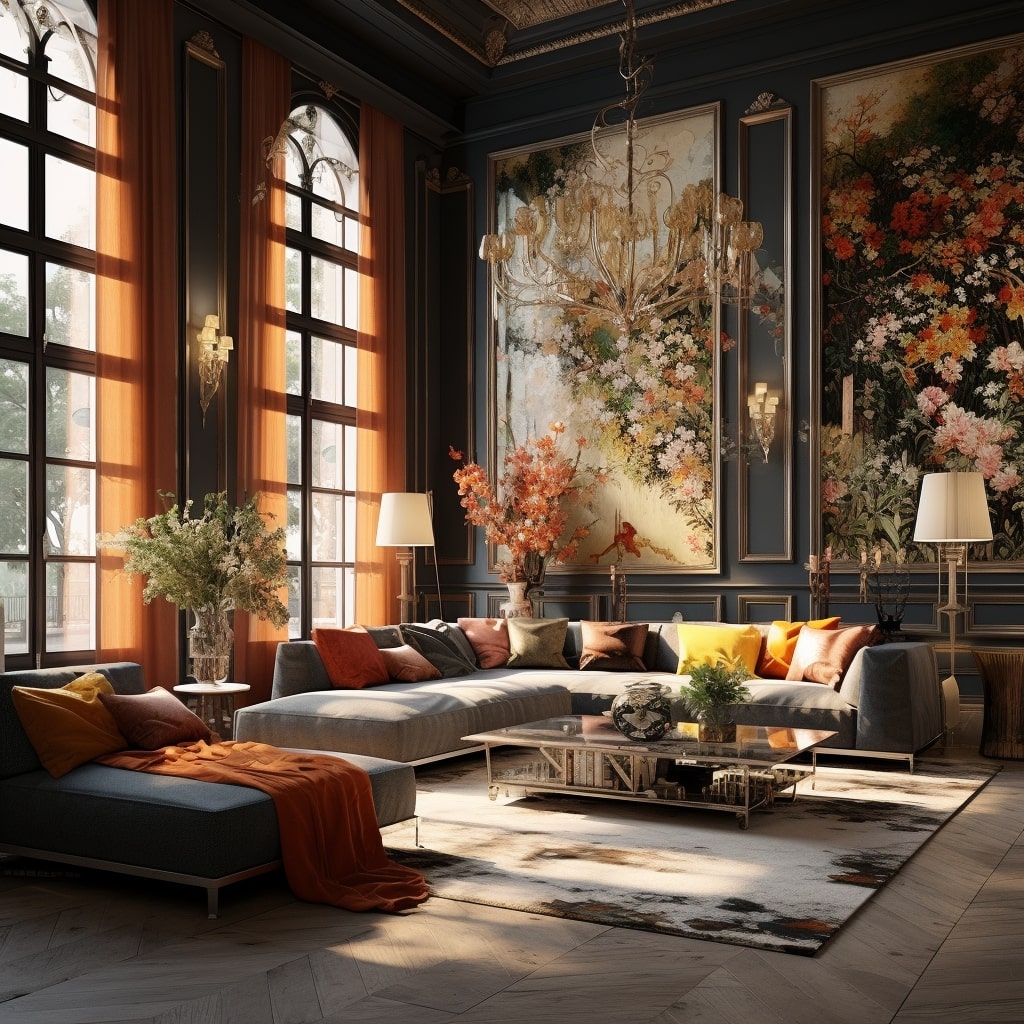

Techniques for Creating Harmonious Proportions in Interior Design
Creating harmonious proportions in interior design involves more than just following a set of rules. To achieve a cohesive and visually pleasing design, it’s essential to employ a variety of techniques that work in harmony with each other. Here are some of the most effective techniques for creating harmonious proportions in interior design:
Focal Points
A focal point is a visually dominant element that draws the eye and creates a sense of hierarchy within a space. By creating a clear focal point, you can establish a visual anchor around which you can arrange the rest of the elements in the room. This helps create a sense of balance and harmony throughout the interior. Common focal points in interior design include artwork, lighting fixtures, vignettes and architectural features.
Layering
Layering involves adding depth and dimension to a space by incorporating elements of varying sizes, textures, and colors. This technique can be applied by layering textiles, wall coverings, and decorative items. By layering elements of varying proportions, you can create a sense of visual interest and balance. However, it’s important to avoid cluttering or overcrowding a space, as this can detract from the overall impact of the design.
Visual Hierarchy
Visual hierarchy refers to the arrangement of elements in a way that guides the eye and establishes a specific order of importance. This can be achieved by using contrasting colors, textures, and shapes. By creating a clear and consistent visual hierarchy, you can help the eye move smoothly throughout the space and create a sense of balance and harmony. It’s important to avoid creating visual tension by incorporating elements that conflict with the established hierarchy.
By employing these techniques, you can create a cohesive and visually striking interior design that uses proportion to its fullest potential. However, it’s important to remember that achieving harmonious proportions takes practice and experimentation. Don’t be afraid to try new things and adjust your approach as needed.
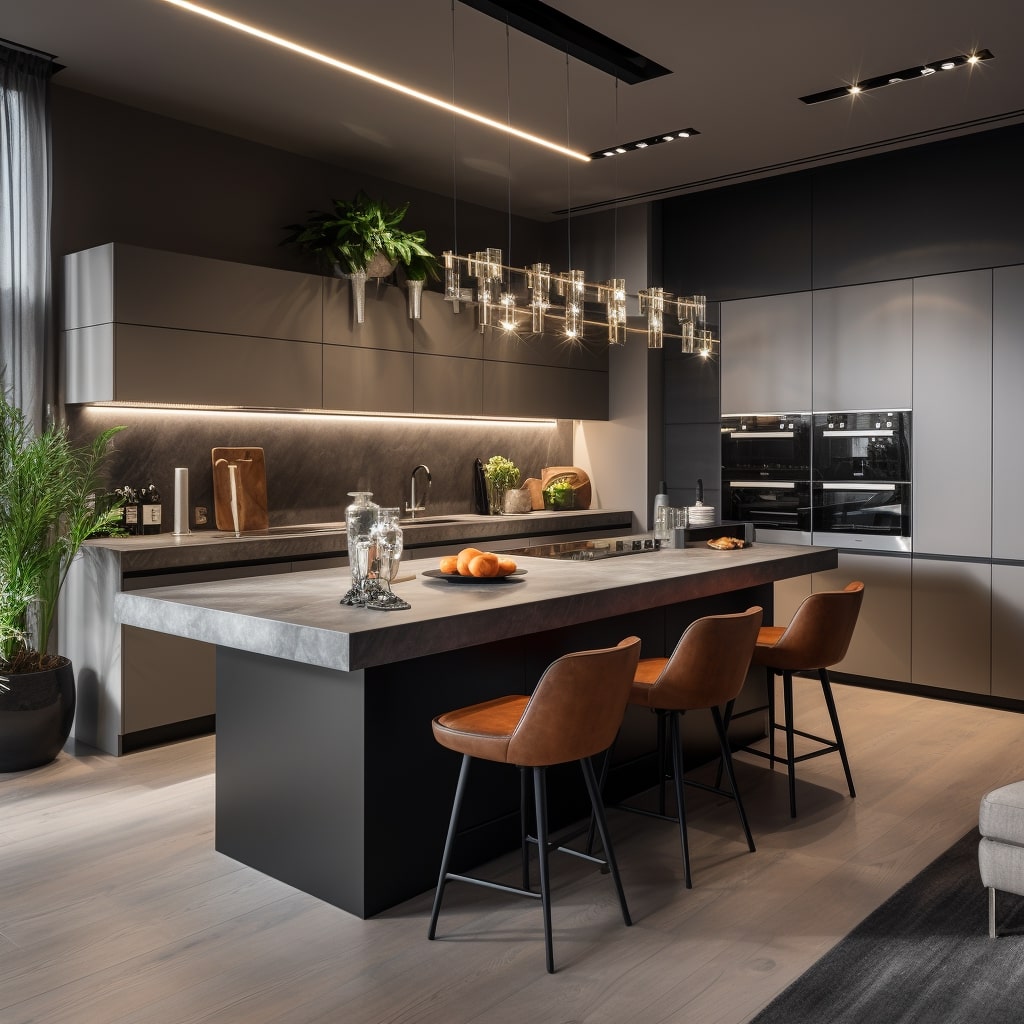

Exploring Proportion in Interior Design Styles
Proportion plays a critical role in shaping the overall aesthetic of a room, and it is no surprise that different interior design styles prioritize specific proportions. In this section, we will delve into how proportion is understood and applied in various interior design styles.
Minimalism
Minimalism is an interior design style characterized by simple and clean lines, neutral colors, and a focus on functionality. Proper proportion is essential to achieving the minimalistic look as it ensures that the room does not appear cluttered or overwhelming.
The minimalist style often features furniture and decorative elements that are sleek and streamlined, with a focus on geometric shapes and symmetry. Proportion plays a crucial role in ensuring that the room feels balanced and cohesive.
Traditional
The traditional interior design style is characterized by rich colors, ornate details, and a focus on symmetry and balance. Proportions are precise, with a harmonious balance of elements and symmetry at the core of the design.
In traditional interiors, the furniture and decorative elements are often arranged in pairs, with a strong emphasis on symmetry. The use of proportion helps to create an orderly, polished, and refined look.
Contemporary
The contemporary interior design style features a mix of different design elements and aesthetics, often with minimal ornamentation and a focus on functionality. Proportion is important to create a balanced and harmonious look in contemporary spaces.
In contemporary interiors, designers often use a mix of proportions to create visual interest. For example, a room may feature a mix of larger and smaller furniture pieces to create contrast and depth. The use of proportion in contemporary interiors often creates a sense of balance and tranquility.
Eclectic
The eclectic style is all about mixing and matching different design elements to create a unique and personalized space. This style often features one-of-a-kind pieces that add character and quirkiness to a room.
Proportion in eclectic interiors is about balance and cohesion rather than strict symmetry. The use of proportion helps to create an organized and harmonious look, even with a mix of different design styles and elements.
Overall, understanding how proportion is used in different interior design styles is essential in creating visually appealing and functional living spaces. Whether you prefer a minimalist or traditional look, proportion plays a crucial role in achieving the aesthetic and balance you desire.
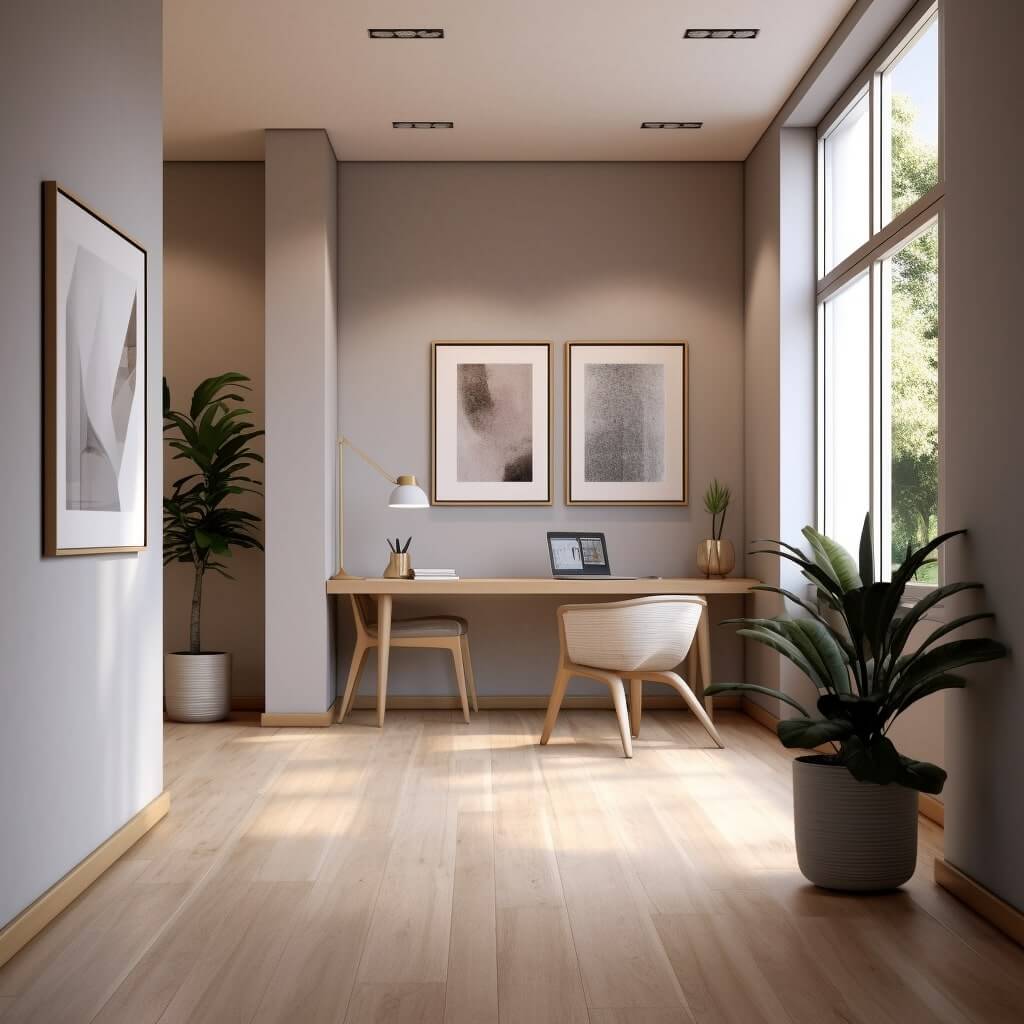

Common Challenges and Solutions in Working with Proportion
Working with proportion is a crucial aspect of interior design, but it can also be challenging. Here are some common challenges designers face when working with proportion and practical solutions to overcome them:
Dealing with Small Spaces
Small spaces can be a challenge when it comes to proportion because there is limited room to work with. To make a small space appear larger, designers use tricks such as:
- Choosing furniture and accessories that are proportionate to the space.
- Utilizing multifunctional furniture and built-in storage to maximize space.
- Using light colors to make the space appear brighter and more open.
Balancing Oversized Elements
Large or oversized elements can throw off the balance of a room if not proportionally balanced. To balance oversized elements, designers often choose to:
- Use symmetry to create balance
- Create a focal point that complements the oversized element
- Pair the oversized element with smaller proportionate elements to create balance
Working with Irregular Architectural Features
Irregular architectural features, such as sloped ceilings or awkward angles, can be challenging to work with when it comes to proportion. To overcome this challenge, designers may:
- Use proportionate furnishings that complement the irregular features
- Highlight these features by using color or lighting to draw attention to them
- Camouflage the irregular features using design techniques such as layering or use of textures
FAQs about Proportion in Interior Design
Q: What is proportion in interior design?
A: Proportion is a design principle that refers to the relative size, scale, and balance of spatial elements in a living space. In interior design, proper proportion creates a sense of harmony, balance, and visual appeal.
Q: How does proportion impact the functionality of a living space?
A: Proportion plays a significant role in the functionality of a living space. The size and scale of furniture, fixtures, and other elements can impact how usable a space is. Proper proportion contributes to the optimization of functionality and enhances the usability of a living space.
Q: What are some common challenges designers face when working with proportion?
A: Designers often face challenges when working with proportion in interior design, such as dealing with small spaces or oversized elements. Additionally, irregular architectural features, such as angled walls or unique layouts, can present challenges in achieving balance and harmony.
Q: How can designers overcome challenges with proportion in interior design?
A: Designers can overcome proportion-related challenges by implementing various techniques. These techniques include using visual weight distribution, layering, and focal points to guide the eye and establish a cohesive design. Additionally, designers can make use of symmetrical and asymmetrical arrangements to create balance and proportion in a living space.
Q: What are some popular design styles that prioritize specific proportions?
A: Different interior design styles prioritize various proportions to achieve a particular aesthetic. For example, modern design styles prioritize minimalism with a focus on negative space and simplicity. In contrast, traditional design styles often prioritize symmetry and balance.
Q: How can designers create harmonious proportions in interior design?
A: Designers can create harmonious proportions in interior design by using various techniques, such as focal points, layering, and visual hierarchy. By pulling together elements that share a common theme or aspect, designers can establish a cohesive and balanced design. Additionally, using color, texture, and lighting can help create a sense of harmony and balance in a living space.
Q: How can using the Golden Ratio, Rule of Thirds, and Fibonacci Sequence enhance an interior design?
A: The Golden Ratio, Rule of Thirds, and Fibonacci Sequence are foundational principles that can enhance an interior design by creating a sense of balance and proportion. These principles dictate proportions between spatial elements and provide a framework for a visually appealing and harmonious design.
Q: How important is proportion in interior design?
A: Proportion is a crucial principle in interior design as it has a significant impact on the overall aesthetics, balance, and functionality of a living space. Proper proportion contributes to the creation of visually appealing and functional living spaces that promote harmony and balance.







